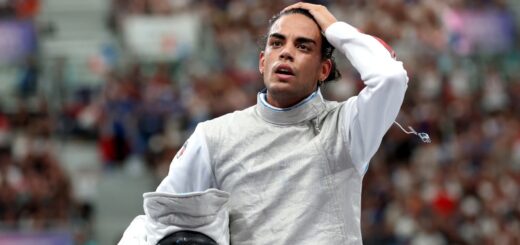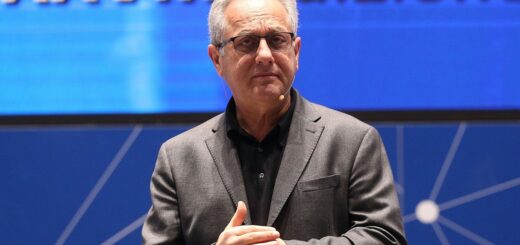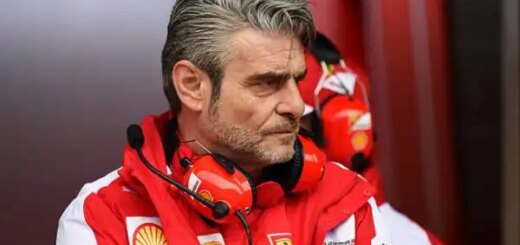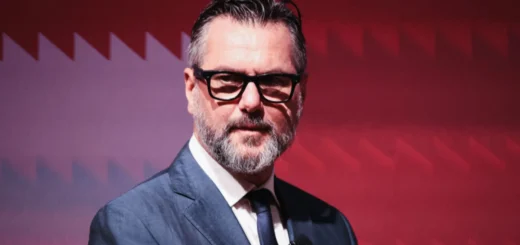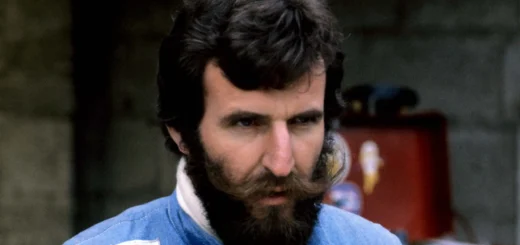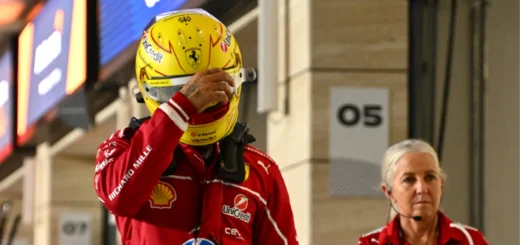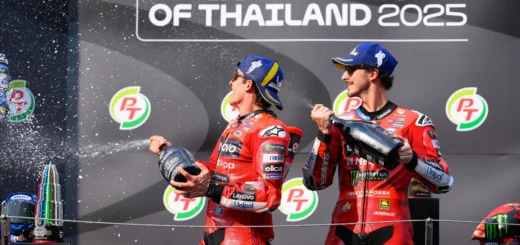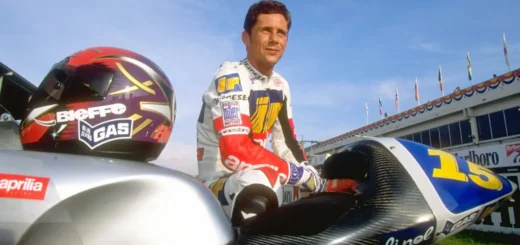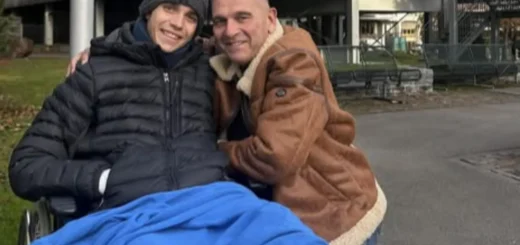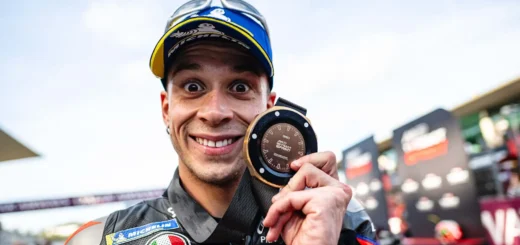The 5 Actions model for sports performance
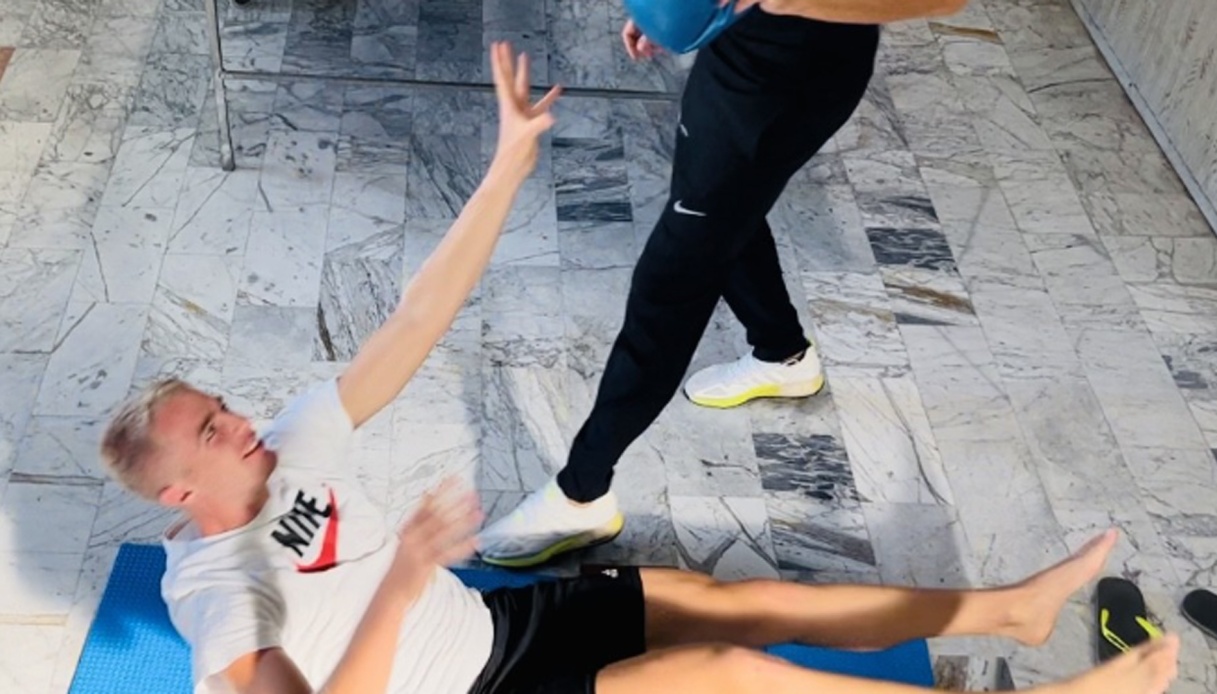
The 5 Actions model for sports performance
From neuroscience a new approach to improve sports performance, in training and competition. It is the 5 Actions model, developed by Andrea Chellini – bodyworker and owner of Be Move – with the support of Marco Iosa, a researcher in the field of neurorehabilitation and associate professor at the Department of Psychology of the Faculty of Medicine and Surgery of the University of Rome La Sapienza.
The new approach starts from the study of ontogenetic development and the assumption that many adult people master a limited amount of sense-motor patterns: some accessible, others less so. Of those that are not consciously accessible, some are developed in the developmental period, but then are lost because they are no longer used. The consequence è that choices in acting and in the way of seeing reality are more limited.
The 5 Actions are movement patterns, understood as embodied behavior, which if performed fully and effectively in the ontogenetic stages of development, constitute a powerful primal channel in the formation of adult behavior. Deficits in sense-motor patterns may originate from environmental or relational reasons with caregivers, which limit learning and thus performance. The 5 Actions test è can detect them. Once the gaps are identified, it will be possible to intervene with ad hoc training and preparation programs.
Andrea Chellini explains, "The 5 Actions are emotional and motor patterns at the same time. They constitute the behavioral learning pattern of each individual. Today, thanks to a movement test, we are able to identify this pattern and its limitations in order to intervene with corrective regulatory exercises. To understand the essence of the 5 Actions, è it is useful to make a comparison with modern artificial intelligences. These, according to current knowledge, are limited because they do not possess the ability to independently structure and implement emotional patterns and because their "artificial brain" is not embodied in a body that through movement knows its surroundings".
To understand how è the model was developed, è it is necessary to consider in addition to the progression of each individual’s motor development, key factors such as attention and intentionality; which indicate the relationship between body and external environment in the child.
The 5 Actions
At each developmental stage, the 5 Actions are developed: Yeld (yield), Push (push), Reach (reach), Grab (grasp) and Pull (pull).
Yeld means connecting to the ground or caregiver, from whom to receive support and awareness of one’s "self" momentary and fleeting experiential.
The Push è an action that implies a shift to selective outward attention beyond the child's safety perimeter.
The dual stage of Reach and Grab corresponds to the attempt to lean toward one's life goal, which in the child è exploration of the'external environment in which to find stimuli (the child is developing the "problem solver" skills that will mature), in the adult è satisfaction of the sé drive. Grab è the realization of learning.
Finally, the Pull è the concluding and foundational action of the sé, the renewed character. È the "I deserve it". È the realization of self-efficacy and self-esteem, coming out of any learned guilt.
The test: how to take it and two case studies
The 5 Actions test è quick, easily performed and not costly financially. The ultimate advantage è that with a few exercises, focused on the actions found incomplete, one can guide the athlete from the unsafe condition (Yeld and Push) and lead him toward a condition of power and permission (Reach) that ends with self-actualization (Pull) and basically with the achievement of an optimal psychophysical state.
The methodology involves an integration of analysis and exercise. The subject lies supine, with hands and arms over the head and legs extended. The test taker è standing with a medium-sized deflated ball that the subject has to grasp by spontaneous actions, while the operator moves. In the assesment phase, the subject's movements, state, breathing, energy and ease level are observed. For this type of analysis è the Synchro Lab protocol – devised and patented by Andrea Chellini – was used to study emotional state, with inertial sensor and HRV band, sensor for balance, spirometer for the lung volume measurement part, in parallel with tests of short-term memory and selective attention.
In situations of high stress and inability to accept further pressure, the test detected sequences of 5 Actions interrupted since the Push phase and in the most severe cases by the Yeld action. &Eegrave; the case occurred with an analysis carried out by Chellini on health personnel at Cuneo Hospital where 88 tests and re-tests were carried out. On average for all of them, lack of safety and selective attention toward the personal life goal; distributed attention, instability and hyperactivity, phasic and fast movement, activated survival condition with regression to self-protection state and inability to make high mental energy level decisions were shown.
The 5 Actions test è was also applied on a team of swimmers: 24 sportsmen, including 13 girls and 10 boys between the ages of 13 and 18. The analysis è was conducted during the period September 1° 2023 – July 4, 2024 with a two-stage re-test in December and April.
"The test made it possible to identify the initial problems (the initial score averaged 2, with subjects only getting as far as Push correctly) and to tailor the treatment so that at the final re-test the athletes had improved and their test score reached 4 for some (Grab action) and 5 for others (Pull). This è went hand in hand with a statistically significant reduction in the time taken to complete the Stroop Task that measures the weight of cognitive interference on attention. From a motor point of view, crucial for the swimmers tested, we è saw a significant increase of more than 30° in trunk mobility with respect to its rotations, confirming that the recovery of those sense-motor patterns either not fully developed, or partially lost with adulthood, resulted in both cognitive and motor benefits" concludes Professor Marco Iosa.

